Managing content today is not the same as it was even a few years ago. Websites, apps, dashboards, customer portals, smart devices, marketing tools, and documentation often need to pull content from a single source of truth. Traditional CMS platforms were never designed for this type of omnichannel world. The result is bottlenecks, inconsistent content, and slow delivery.
Headless CMS platforms solve that problem by separating content from the presentation layer. This gives companies the flexibility to distribute content anywhere, integrate with modern frameworks, and maintain a consistent experience across all digital surfaces.
According to Gartner, more than 60 percent of organizations are already shifting to headless architectures to improve content scalability, personalization, and performance. If you are evaluating options for your next project, this guide will help you understand the strengths of the top platforms available today.
Below are the top 10 headless CMS solutions shaping the future of digital content and how they support different business and technical needs.
1. Payload CMS

Best for: Developer-first teams needing full control and flexibility
Payload CMS has become a trusted solution for companies that need deep customization and API-level control. It is especially popular across security-focused digital products, modern B2B SaaS environments, and high-performance platforms. It is the type of CMS commonly found powering identity verification experiences or document-centric platforms similar to DocShield, where content and data need to move quickly and securely.
Payload offers a fully typed architecture, custom fields, effortless API generation, and an admin UI that adapts to complex workflows. Because it is self-hosted and extensible, teams can scale without vendor limitations.
Why it stands out: Ideal for technical teams that want complete freedom and performance without sacrificing usability.
2. Contentful
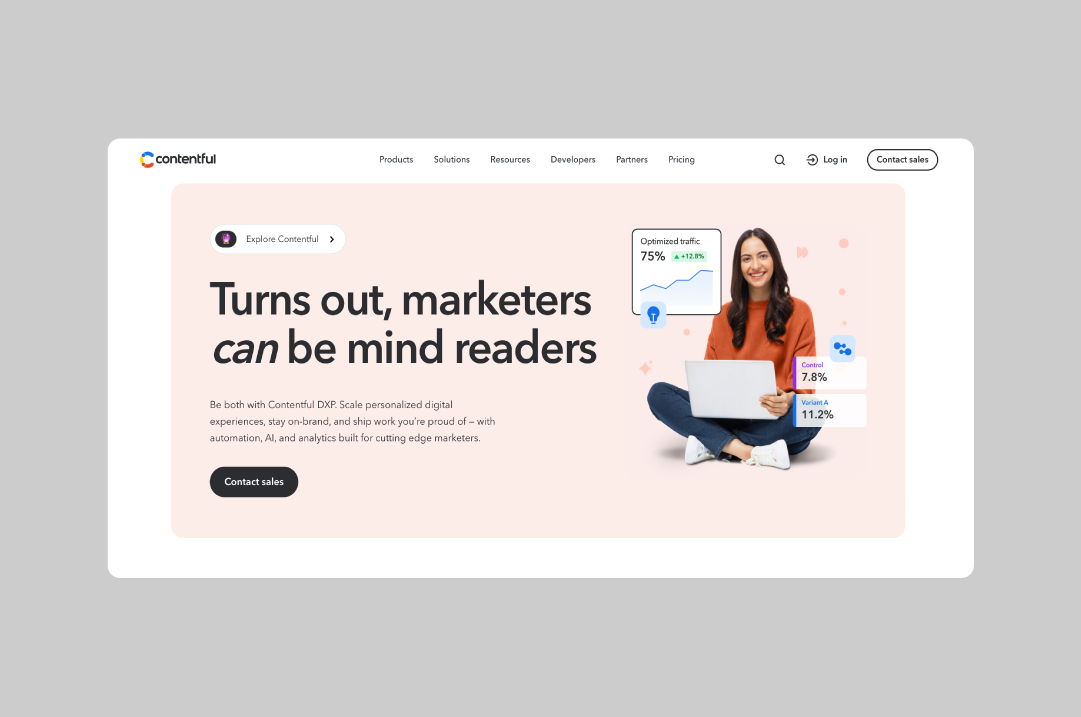
Best for: Enterprise teams managing complex content operations
Contentful is one of the most widely adopted headless CMS platforms among global enterprise teams. It supports large content infrastructures, multilingual sites, and multi-product ecosystems. It integrates well with modern frontend frameworks and offers excellent governance and editorial workflows.
Contentful is used by advanced AI-driven platforms and enterprise SaaS experiences where reliability and structured content matter. Predibase, for example, demonstrates how Contentful supports documentation, landing pages, and application content through a unified system.
Why it stands out: Strong governance, reliable uptime, and excellent for multilingual and large-scale content models.
3. Strapi

Best for: Open source customization
Strapi is fully open source and gives engineering teams the freedom to tailor content structures, permissions, and APIs without restrictions. Its plugin ecosystem continues to expand, and because developers can self-host, they retain full control over performance and security.
Strapi works well for teams that want a flexible codebase, fast iteration cycles, and long-term extensibility.
Why it stands out: Great for engineers who want an open architecture with strong community support.
4. Sanity

Best for: Real-time collaboration across content teams
Sanity offers real-time content editing, structured content modeling, and excellent customization. It is commonly used in AI tools, multitenant support platforms, and fast-moving SaaS environments. Companies building interfaces similar to Galileo or enterprise solutions like Deskpro benefit from Sanity’s collaboration features and instant updates.
Its content studio is fully customizable, allowing content teams to adapt the interface to their workflow instead of the other way around.
Why it stands out: Real-time collaboration and structured content at scale.
5. Storyblok
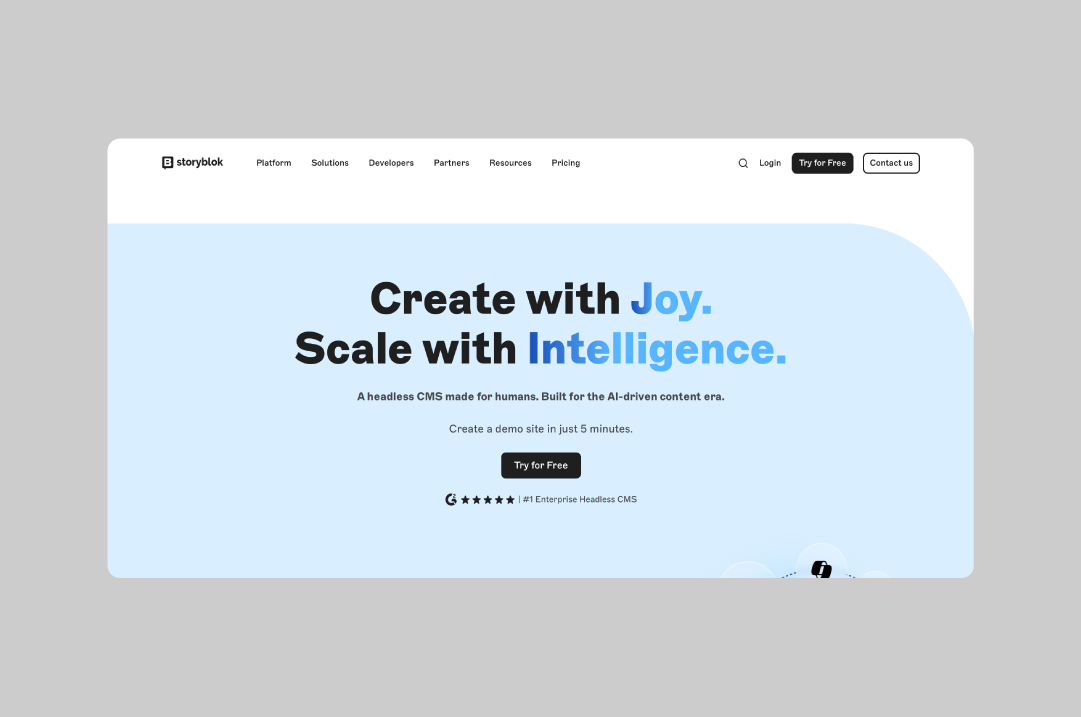
Best for: Visual editing with modular content blocks
Storyblok provides an intuitive visual editor paired with a block-based content system. This makes it a favorite for marketing teams and design-forward companies that need flexible layouts without relying on engineering every time. It supports preview modes, multilingual content, and collaborative editing.
Why it stands out: Great for visually driven teams managing fast-changing marketing websites.
6. DatoCMS
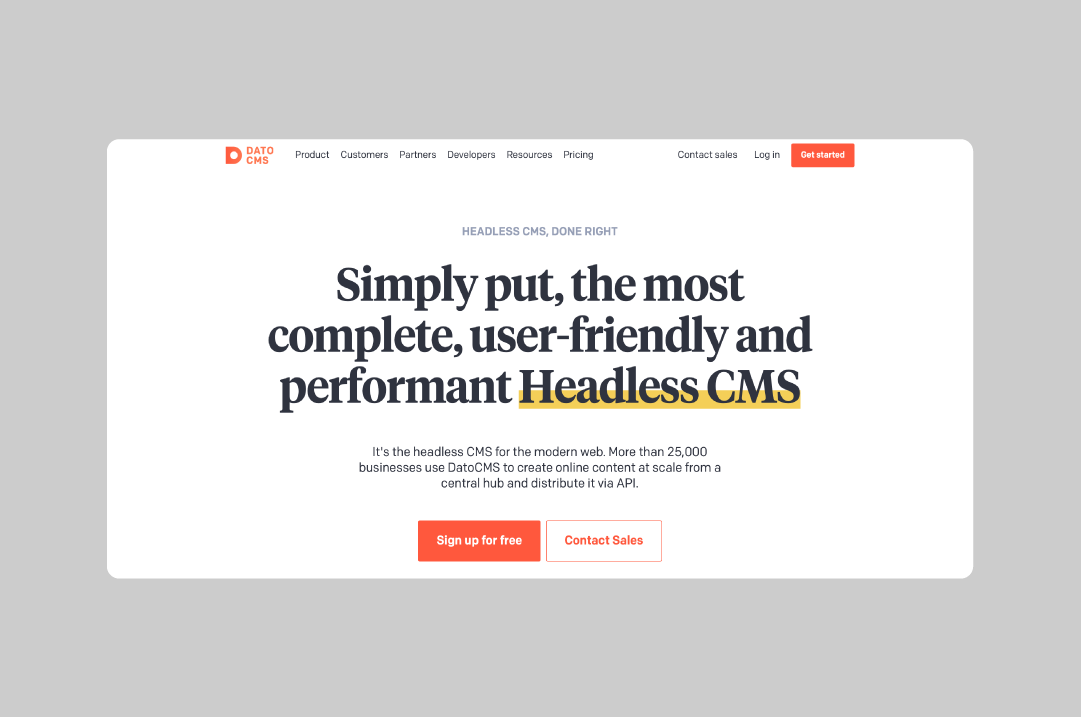
Best for: Speed and global performance
DatoCMS is known for its extremely fast GraphQL API and CDN-optimized content delivery. It is a strong choice for global SaaS websites, content-heavy landing pages, and documentation hubs that need high performance. Its editor experience is clean, minimal, and built for speed.
Why it stands out: Fastest delivery among headless CMS options and ideal for global traffic.
7. Prismic

Best for: Slice-based content creation
Prismic’s Slice system gives content teams the ability to create modular components that can be reused across pages. It integrates well with Next.js, Nuxt, React, and other modern frameworks. The interface is simple and works well for editorial teams that need to maintain consistency without losing creative flexibility.
Why it stands out: Modular slice system that empowers non-technical editors.
8. Directus
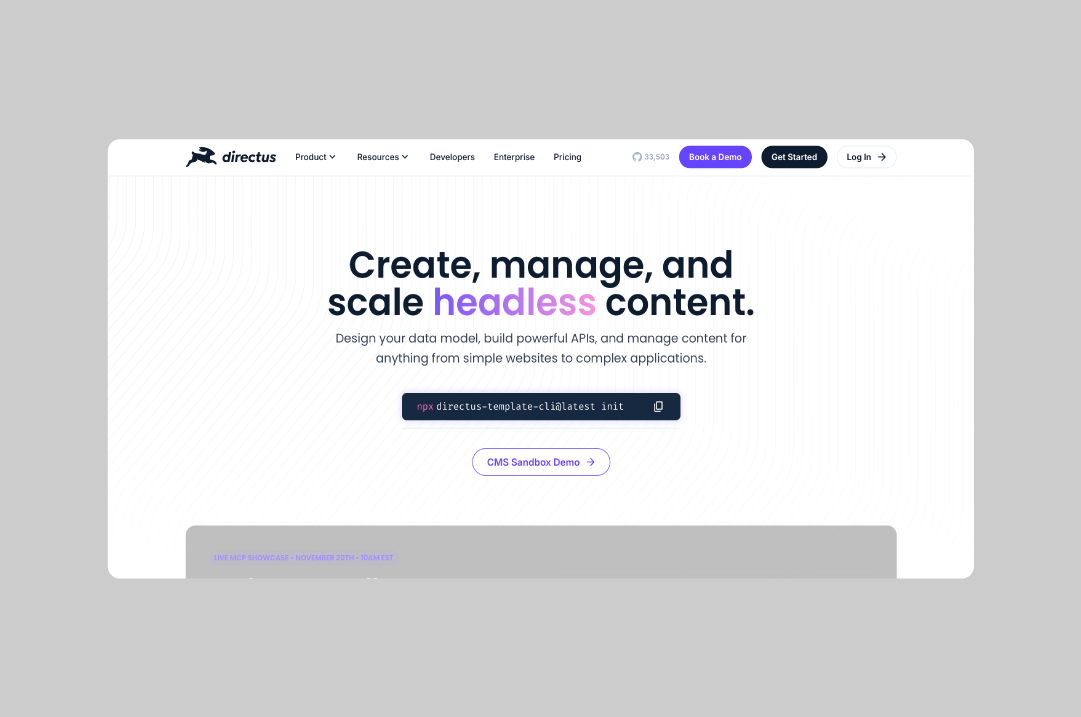
Best for: Database-driven headless architecture
Directus sits on top of your SQL database and converts it into a headless CMS API instantly. This makes it ideal for enterprise tools, admin dashboards, analytics platforms, and data-rich experiences where teams want to control the underlying data structure.
Why it stands out: No content duplication. Your database becomes your CMS.
9. Builder.io

Best for: Growth-oriented teams that A/B test and experiment often
Builder.io blends visual editing with a headless structure. Growth teams can run experiments, personalize content, and test variations without engineering involvement. It integrates with React, Vue, Qwik, and other modern frameworks.
Why it stands out: Visual editing plus experimentation tools under one platform.
10. TinaCMS
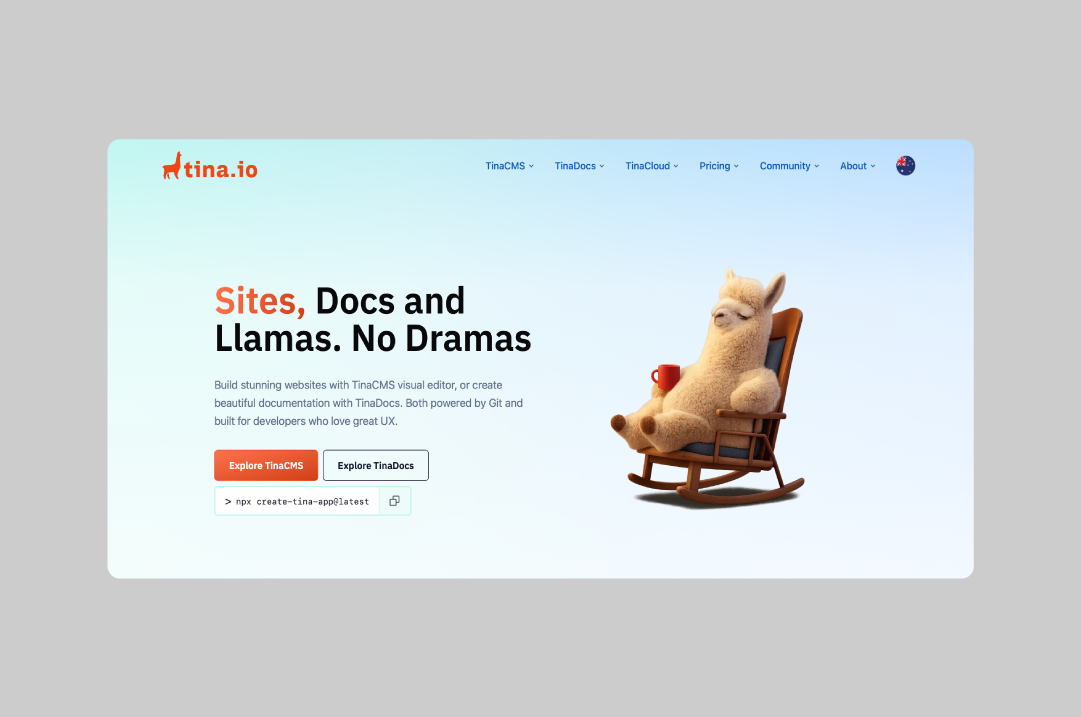
Best for: Git based workflows
TinaCMS integrates directly with your Git repository, making it ideal for developer-heavy teams that rely on static frameworks like Next.js. It supports content editing directly in the codebase and works well for documentation, technical blogs, and engineering-led websites.
Why it stands out: Seamlessly connects content editing with Git based development.
How to Choose the Right Headless CMS
Choosing the right platform depends on your content volume, technical needs, and long-term digital strategy. Here are some questions to guide your decision:
Do you need deep customization and API control?
Payload or Strapi are ideal.
Do you manage enterprise-scale content across languages and teams?
Contentful or Kentico Kontent fit best.
Do you prioritize collaboration or editorial speed?
Sanity or Storyblok excels here.
Do you want visual flexibility for marketing teams?
Prismic or Builder.io are strong choices.
Do you need performance at a global scale?
DatoCMS is a leading option.
Do you want your database to remain the source of truth?
Directus is the most natural fit.
Every CMS has strengths. The best choice depends on your structure, your product, and your long-term roadmap.
FAQs
What is a headless CMS?
A headless CMS is a content management system where the backend and frontend are separated. This allows teams to deliver content to any device or platform using APIs.
Why choose a headless CMS instead of a traditional one?
It offers better performance, flexibility, scalability, and support for omnichannel experiences.
Is a headless CMS good for B2B tech companies?
Yes. B2B companies often have complex digital ecosystems. A headless CMS provides structure, consistency, and scalability across multiple surfaces.
Which headless CMS is the easiest to use?
Prismic, Storyblok, and ButterCMS are great for non-technical teams, while developers prefer Payload, Strapi, or Sanity.
Which CMS is best for performance?
DatoCMS is often considered the fastest due to its CDN-optimized GraphQL architecture.
Your Next Step Toward a Modern Content Architecture
The future of content is modular, API driven, and omnichannel. Teams that adopt headless systems now gain a long-term advantage in scalability, collaboration, and delivery speed.
If you are exploring a headless architecture for your next website, product, or digital ecosystem, BRIGHTSCOUT can help you evaluate the right platform, design the content model, and build an experience that grows with your business. Let’s build what’s next.





.png)
